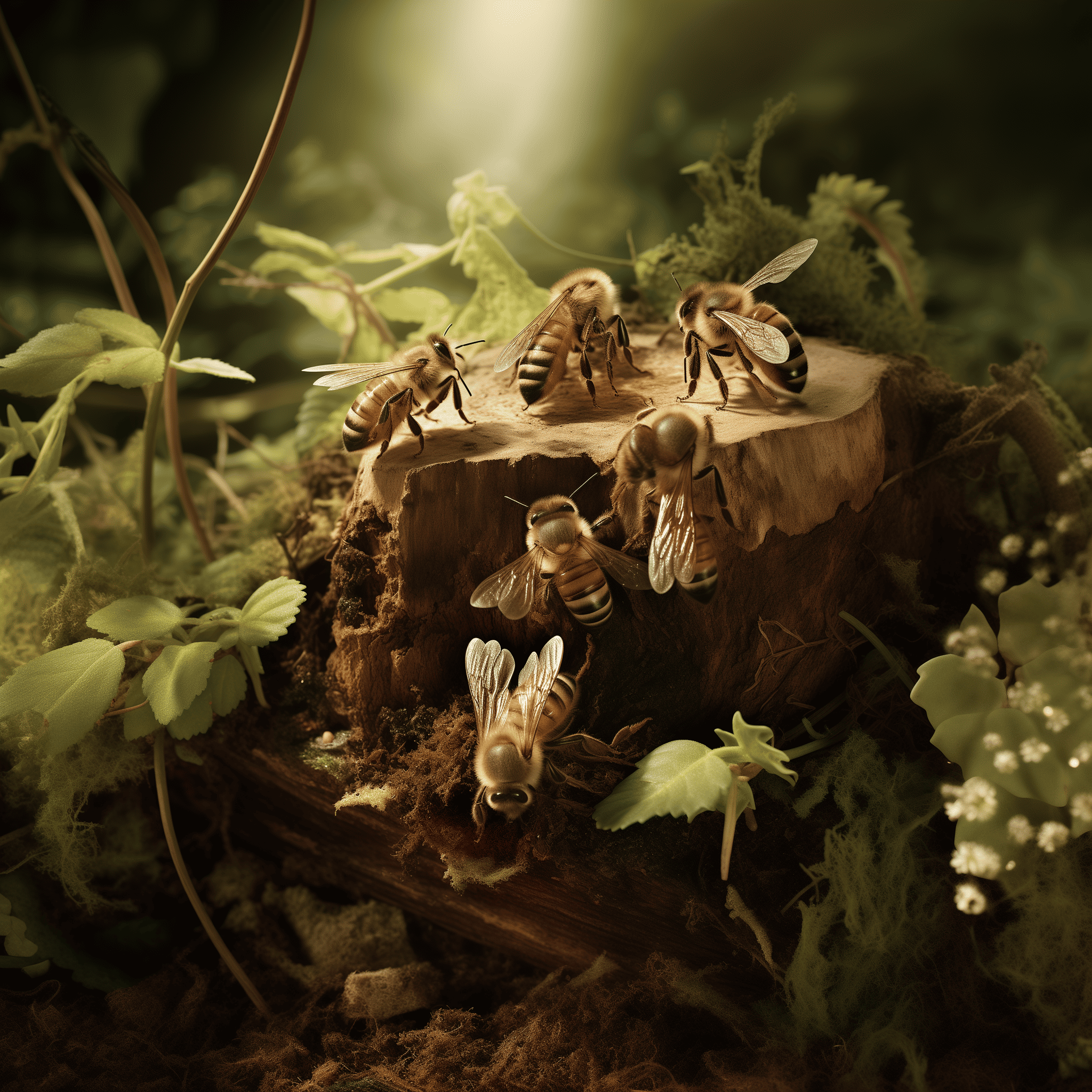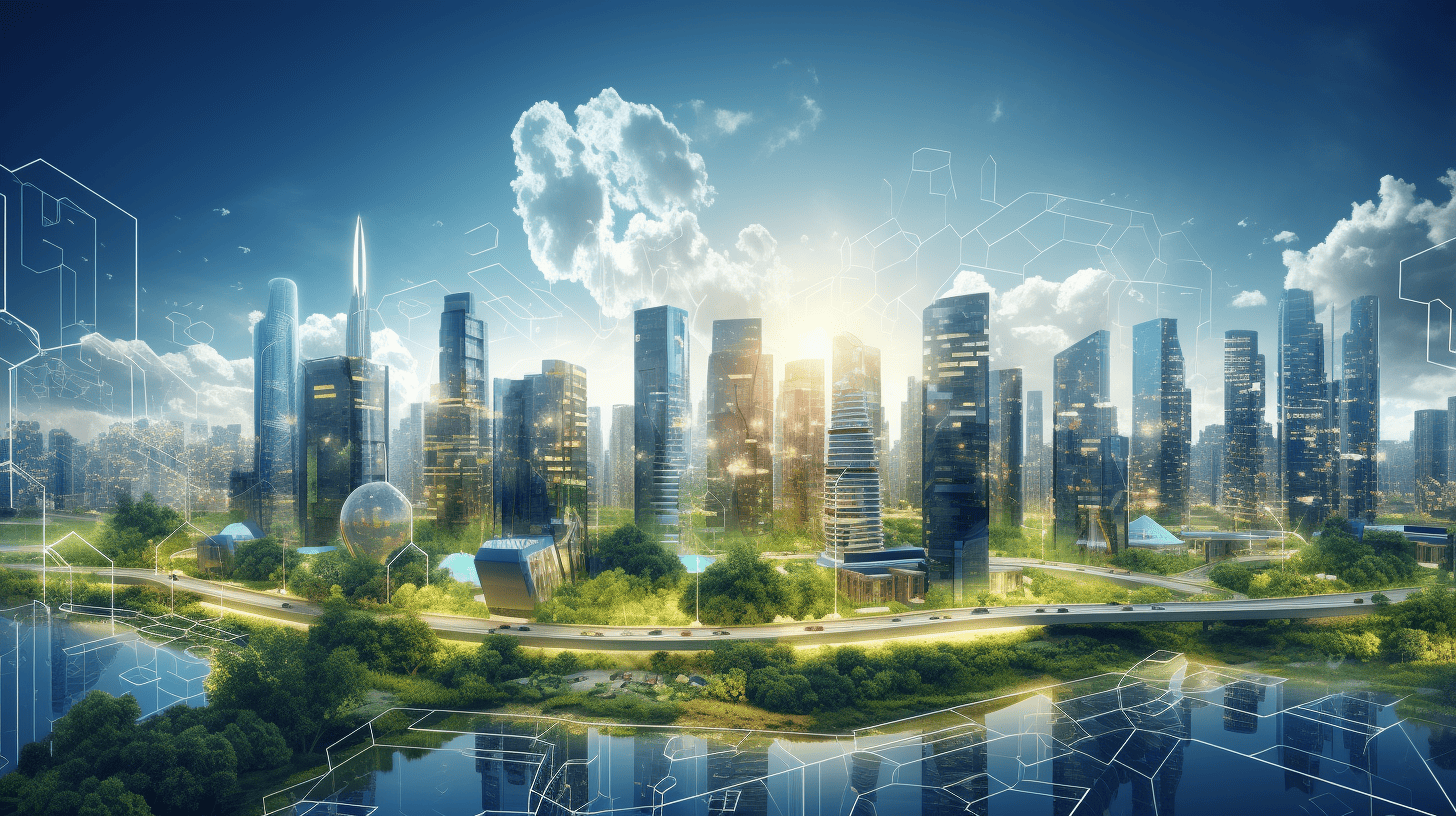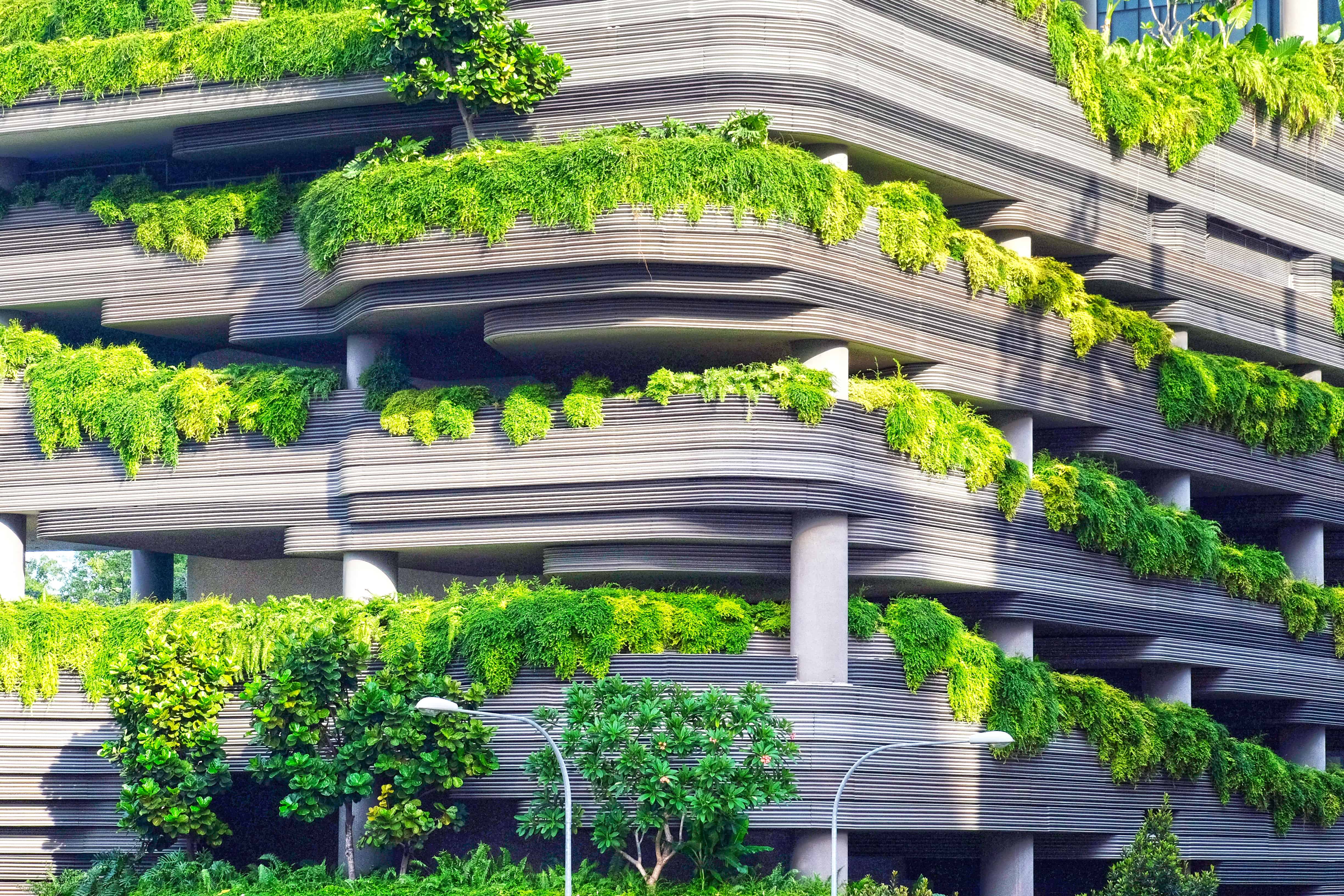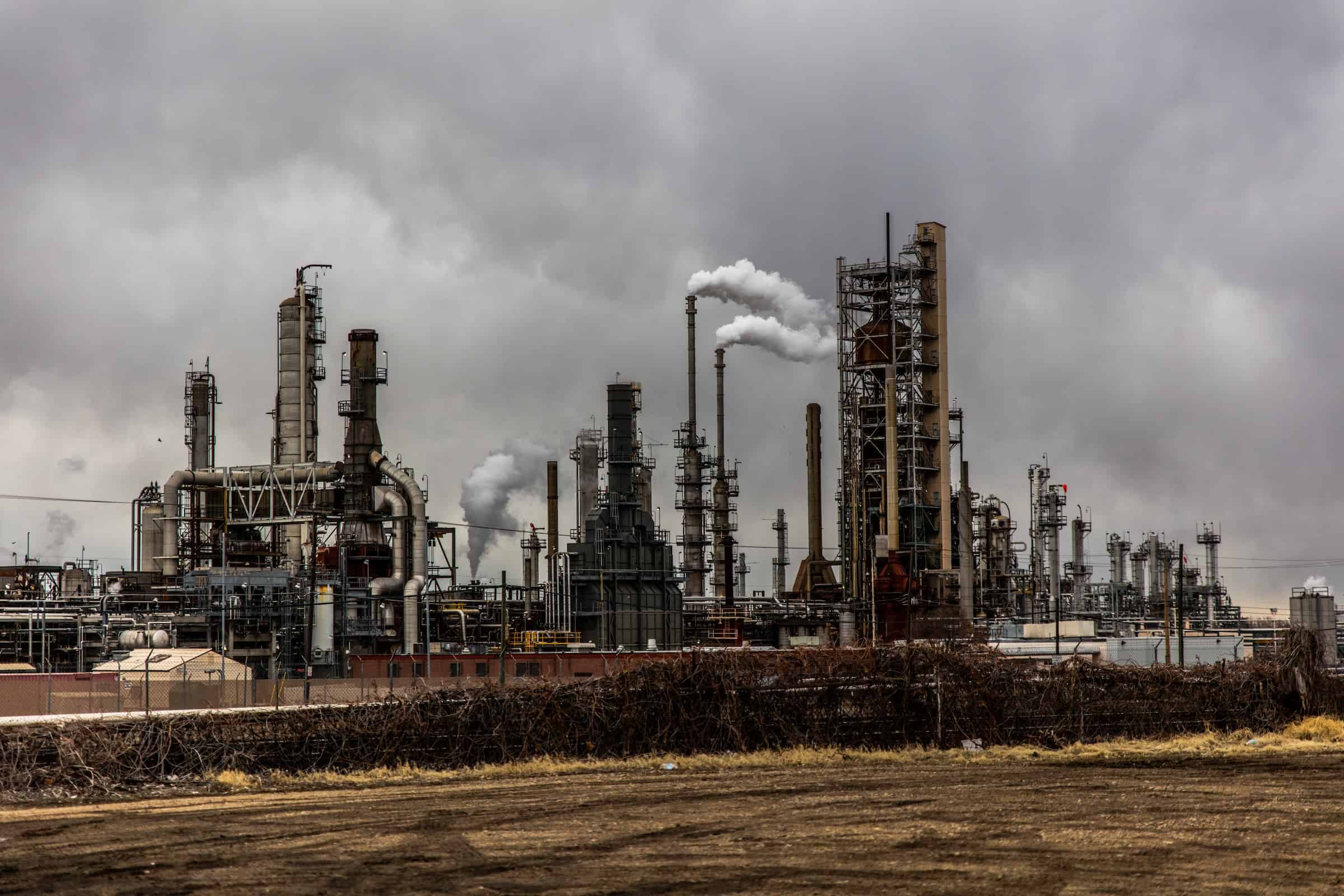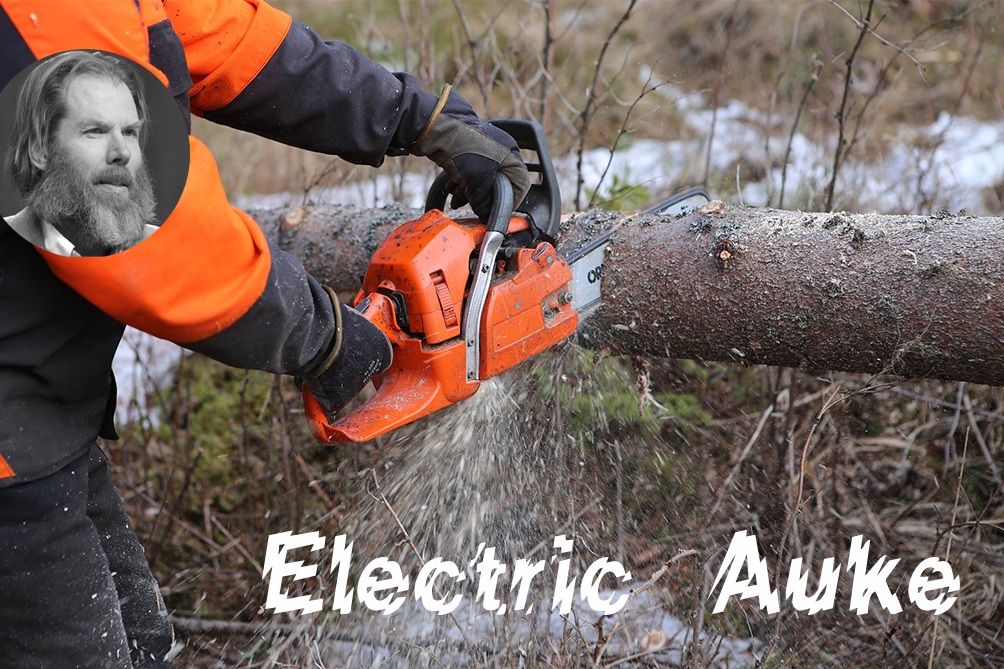
In the last article of this series, Auke had already reflected on biomass, and this week he wants to revisit this topic. Because he is not yet done talking about biomass.
“I have, as it happens, stated that I am not in favor of biomass. Or at least, I am opposed to burning biomass on a large scale (other than real waste) in order to generate energy this way. This resulted in me being blocked by people on Twitter, including people I hold in high esteem.” Yet he does understand why: “They are thinking that they are all doing their best to meet the Paris climate targets. And then I show up and tell them that what they are doing isn’t contributing to that at all,” Auke says, putting things into perspective.
Why is biomass a bad thing in your opinion then?
“Rapeseed oil, palm kernel oil or other alternatives to oil were the replacement for fossil fuel a while back, but we’ve backtracked on this for quite some time now. In order to grow enough of these crops, you need a lot of agricultural land and water. That’s fertile soil and water that you could also grow food with. Whereas solar panels that you install on new housing estate roofs are not in competition with food production.”
“Nowadays, a lot of productive forests are being planted. Planks are made from this wood, and other products that we human beings need are made from the residual waste. What’s left after that is burned as a fuel source for energy. But now there are studies that indicate that we are still clearing a lot more forest than what is being planted. Except that, even if you do replant enough forest, in the short term, it won’t help that much as far as CO2 absorption is concerned. It takes several decades before new forest is able to absorb a large amount of CO2. Also, people say scraps cannot be used so have to be burned buy I build an entire house from scraps in the form of oriented strand board and if you leave them they fertilize the soil. We should be very careful with burning wood.”
Is that the most important thing?
No, when it comes to mobility, it’s not just about lowering CO2. You shouldn’t just want to get people out of their cars purely for environmental reasons. By keeping cars out of the city center and encouraging people to cycle, you create a safer and more livable city. These may not be the primary motives, yet these are considerations that we do find important. The same applies to the energy transition as well.”
“In a roundabout way, it’s a matter of how we want to shape the world. Like, how do you perceive prosperity? What other idealistic ideas are important to you? If you are looking for the cheapest solution to cut back as many tons of CO2 as possible, you could try all sorts of calculations. Yet these comparisons often lack the things that are impossible to express in monetary terms. For starters, you might find it important to preserve biodiversity, as I do. Or it may be the case that countries want to burn nature for energy in their own country, simply because they don’t want to burden others with that pollution. If you add these things to the equations, then suddenly forest production becomes a lot less appealing.”
Mapping out scenarios
Auke had previously included these prerequisites in a model for green electricity from Brabant, a southern province of the Netherlands. “The question there was what would the energy system look like with 100 % solar and wind energy? Together with landscape architects and other parties, we not only looked at what was most feasible from a cost-effective point of view but we also took other things into account. How much scope do we have and do we need to take nature reserves into account? How much agricultural land would we lose to windmills or solar parks? What do people find acceptable? Moreover, what will there be public support for?
“With the models I make, I try to literally map out various scenarios. This allows you to show on a map as to why you make particular choices. It’s much more empathetic than a bunch of sums in a row.”
Did you already compare biomass with solar and wind energy in this model?
“Ha! That’s a great idea!” it is quiet on the other side of the line for a moment. “Yeah, you got me there for a sec. We have not done this yet, but the model is perfectly suited for that. Seriously, this is something we have got to figure out. You can use it to lay the various scenarios next to each other. The beauty of it is that people can play with the sliders themselves. This allows people to see exactly what effect it will have if you install more windmills, as an example. This kind of model should also be easy to do for biomass as well.”
Auke is convinced that this invariably leads to more mutual understanding,. “It’s not so bad that we don’t agree on which way we should head. There are a thousand different scenarios and what’s best is not only due to expertise but also due to preference. Personally, I see things progressing faster with energy from solar panels and windmills rather than energy from biomass: that’s an argument between experts. But whether you want windmills on land or if you prefer them at sea depends on preference. I think we all want the same thing: a livable earth. That’s the reason why it would be good if we tried understanding how we each arrive at our respective positions. That we might say about each other: “Now I at least understand why you want what you want. And somehow that makes it easier to go along with a compromise in which we partly do what you propose.”
But you did say that biomass isn’t a good idea, right?
“I’m not an expert when it comes to biomass, so basically I’m already starting the discussion with a 1-0 disadvantage. But when I examine all the arguments and think about them rationally, I am not convinced at all. I think that’s because I also try to weight things like soil quality, biodiversity and food security when I envision energy models. And because I understand the humongous amount of energy we need: we need to burn much more energy than we currently eat to make a meaningful difference. Why would we put the earth under so much extra pressure if we can get it relatively easy from solar panels or windmills? But who knows, maybe if we were to integrate biomass into the model, I might better understand where it’s a good idea. And if I’m wrong, I say I’m wrong: stings for a moment but it’s the only way to learn and grow.”
“At least it will help us better understand why we want to do things in a certain way, I think that is very worthwhile too.”




